Ski Season is upon us!
Are you ready to cut up some white powder? Time to hit the slopes for some snow skiing/snow boarding this winter.
If you want to ensure you get your money's worth out of that pricey lift ticket, you'll need plenty of cardio endurance. Most of us hit the slopes and plan on skiing all day, even if it's been months or years since we last skied. However before the afternoon hits, you're so tired that your legs feel like jelly, (and if your not already perched up in the bar by that time) and you are continuing to ski or snowboard it is at this point when it is a prime time for injuries and accidents to happen!
I see every year a customer coming into our store requiring an exercise bike because they are recovering from a knee injury as a result of hitting the slopes! (Recent research shows the incidence of knee injuries to be on the rise.)
Tips for Weekend Warriors
What makes skiing so enjoyable is the fact that you can only do it at certain times of the year. That's also what makes it dangerous. Because you can't practice skiing before the snow falls, your body is left to fend for itself. On top of that, many of us ski only a few times a year, so we don't have enough regularity to keep our bodies accustomed for it.
To avoid injury and grief, take some time to prepare your body before your visit to the mountain. If you don't already have a consistent exercise routine, it's not too late to start one. Plus, knowing you're doing it in order to enjoy your ski holiday will help keep you motivated.
If you already exercise, you may need to tweak your workouts to make them more effective.
Exercises you can do at Home or at the Gym:
Increase Your Flexibility
Skiing is a high-speed activity that requires strength, endurance, balance, skill, and co-ordination. Muscles involved are the quadriceps, hamstrings, glutes, abdominals and those of the lower back and arms.
Injury prevention is what we want. It’s to late to repair/fix the damage when with a few little training days prior to your ski trip you could have prevented the injury from the start.
Stretching is one of the most under performed methods for improving athletic performance, preventing sports injury and properly rehabilitating sprain and strain injury. Don't make the mistake of thinking that something as simple as stretching won't be effective.
> Take Yoga or Pilates class
> Buy resistance tube and stretch it out
> Grab a foam roller and roll out those tight spots.
Check out these stretching ideas on this video>>
http://www.youtube.com/v/_4M9ZhYBaVw?version=3&hl=en_US
Balance, Balance, Balance
The core is the center of the body and where movement begins. It is important to have a strong core because it provides stability, deceleration of force and force production during skiing.
Check out the core exercises in this video>>
https://youtu.be/8uCqTWOLj3o
Develop Your Endurance
To prepare your heart and body for long-term skiing, your cardio program should include:
• Aim for 3 days each week of your preferred activity. The ideal endurance workouts best for skiing include running, stairmaster, step aerobics and elliptical trainer.
• Aim for a variety of workouts, at varying intensities lasting from 20 to 45 minutes.
Build Your Strength
What makes skiing such a great exercise is that is uses all of your muscle groups. However, some muscles are used more than others. Those are the ones you want to concentrate on when it comes to your strength workouts.
As previously mentioned the muscles involved are the quadriceps, hamstrings, glutes, abdominals and those of the lower back and arms.
Quadriceps. Probably the most used muscle in skiing are the muscles of the quads. These muscles hold you in position as you ski and they also provide protection for your knees. Great exercises for the quads include:
> Squats
> Lunges
> Bench Jump
> Cycling
Hamstrings and Glutes. When skiing downhill, you typically hold your body in a flexed position -- meaning you're leaning forward from the hips. This requires great strength from your hamstrings and glutes as they help stabilise your body. Work your hams and glutes with:
> Deadlifts,
> Step ups
> One legged deadlifts
> Ball leg curls
> Front leg raises
Inner and Outer Thighs. Your inner thighs work like crazy to keep your skis together. Your outer thighs keep your body stable and help you steer. Work these muscles with:
> Side lunges
> Inner thigh lift
> Side step squats
> Leg lifts
Calves. Because your knees are bent as you ski, your calves (specifically the soleus) help you stay upright so you don't fall over. You can work this muscle by doing:
> Step drop (drop heal over a step and for added pressure add an ankle weight)
> Standing calf raises
> Machine calf raises
Abs and Back. Because you're in a flexed position, bent over, your back has to work like a fanatic to hold your body in that position. Your abs help in that endeavour while also protecting your spine. Your lats get involved as you ski on a flat surface or uphill, using your poles for leverage. Work these muscles with exercises like
> Cycling
> Back extensions
> Dumbbell rows
> VKR tower
> Fitball sit-ups
> Plank
> V Sit
Arms. Along with your back, arms help push off with your poles while stabilising your shoulder joints. Be sure to work your biceps and triceps along with the rest of your body.
On Top Of The Mountain
Once you are up on the mountain it is a good idea to ensure you warm your body up before hitting the runs.
Here are some warm ups to try:
> Boot jump prior to putting the board/Skis on
> Squat with board/skis in the air
> Lunges with the board in the air
> Sit on the board and push the buttock up from the board
> Calf raises (find a dip or step)
> Back exercises – lie on your tummy arm out the front lift one leg and the opposite arm then swap
> Leg side kicks (to make the harder lift and have a friend place down pressure against you as you lift your leg)
Once your board/skis are on:
> Slow squat turn during the traverse. Go into a slow squat hold it for as long as you can complete 30/40 turns
Tip: If you haven’t hit the slopes for a while consider completing a lesson, this will ensure you are warmed up and iron out any bugs. No use trying to fix them half way down a run!
Bonus: Check out this 30 minute Ski Conditioning Workout video>>
https://www.youtube.com/watch?v=pKnP88kWTKA
This year, make it a point to get in the greatest shape you can for skiing, starting as soon as you can. Building strength and endurance will keep your body strong and help you avoid injuries while making your skiing much more fun and effortless.
See you on the mountain :)
Rochelle


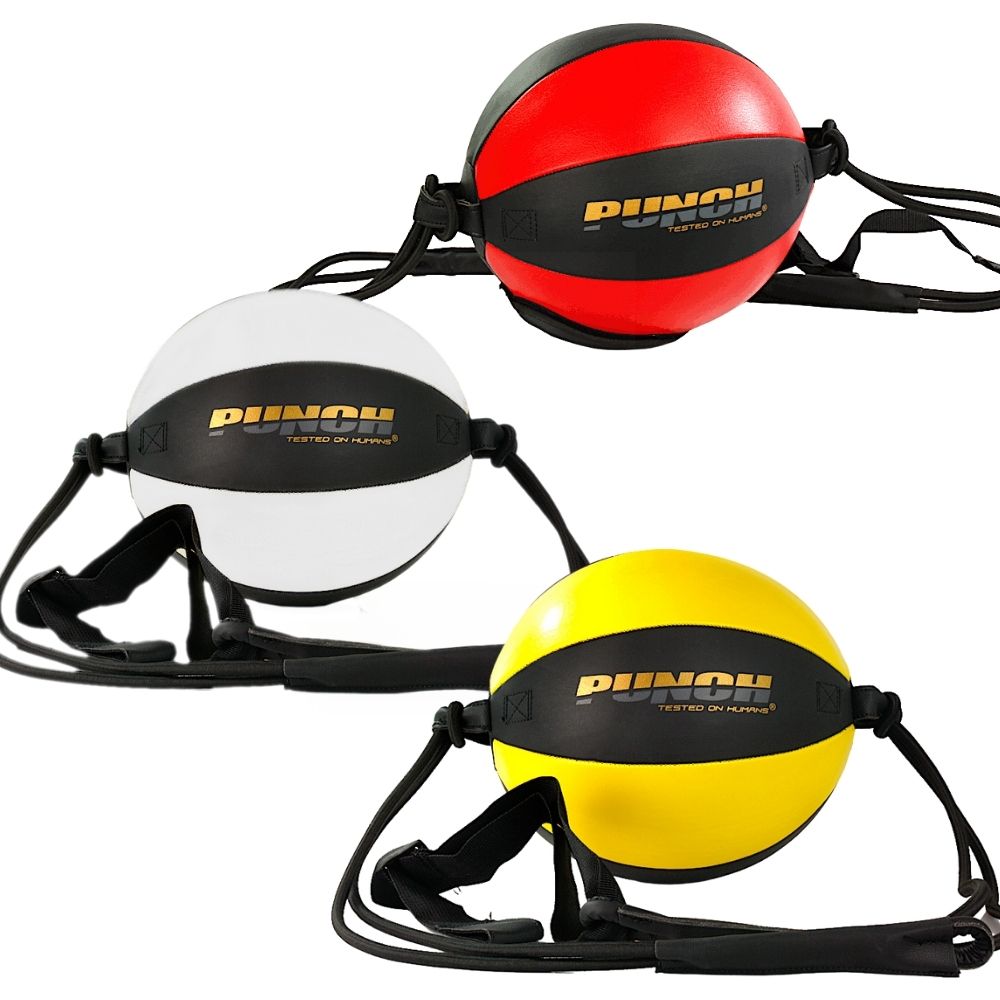
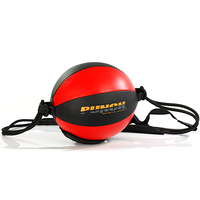
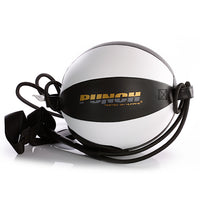
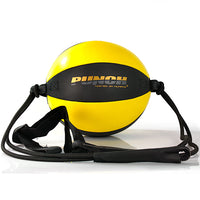
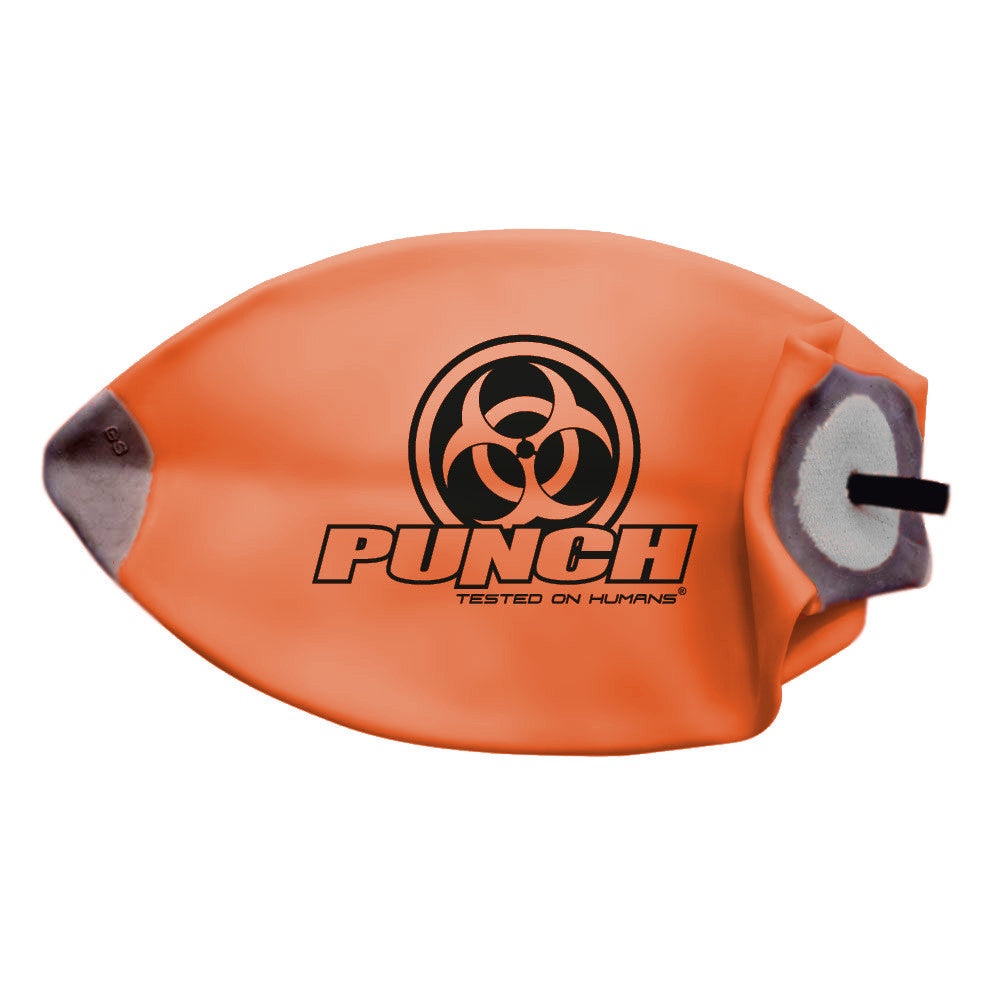









Leave a comment